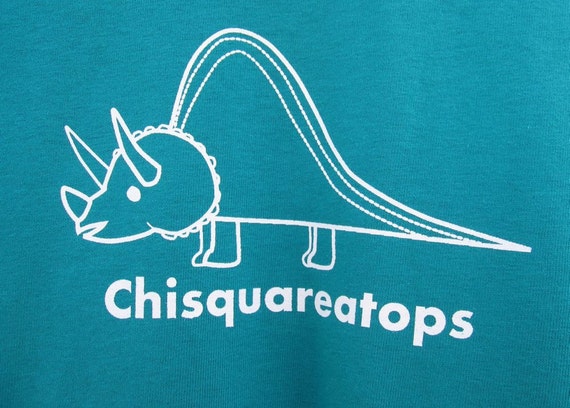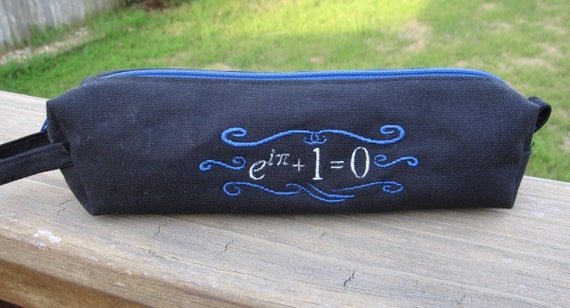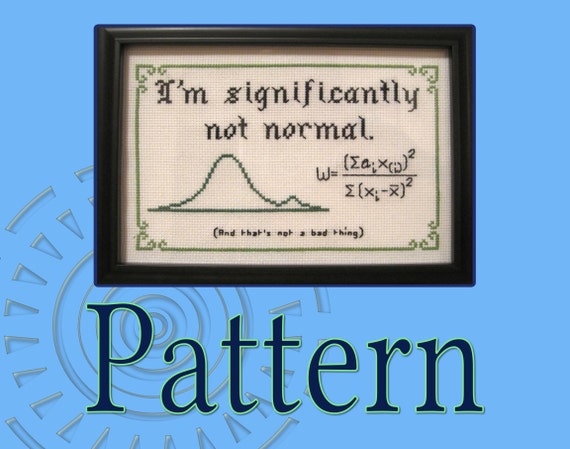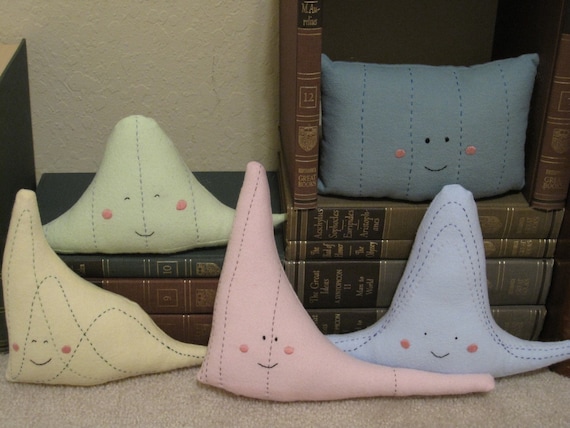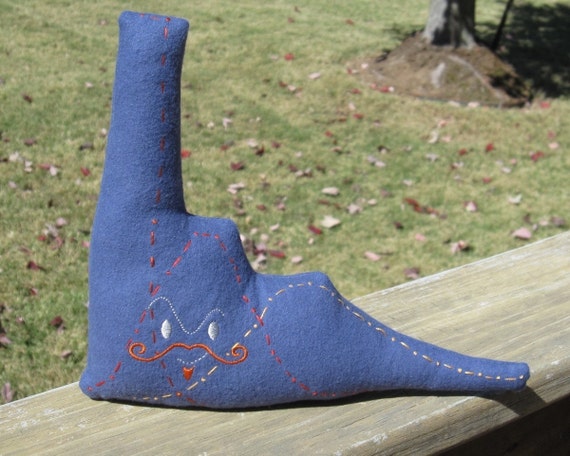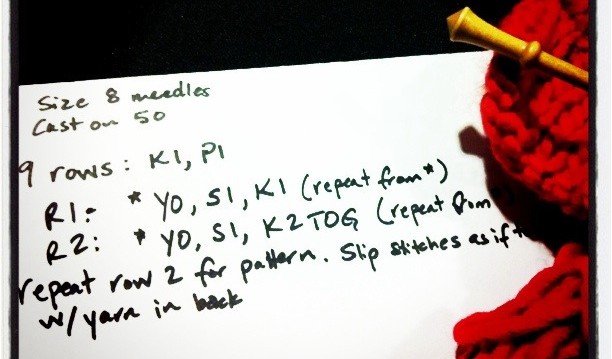I've written before about my experiences cosplaying as Sailor Moon at the Indianapolis Comic Con, and my experiences were similarly positive when I cosplayed her again at the Anime Central (ACen) convention this past summer. In fact it was even better because I got to participate in a photoshoot with other Sailor Moon cosplayers! I had no trouble portraying Sailor Moon's bright, bubbly personality, even though I'm normally more subdued than she is.
But I also cosplayed Itachi, a male character, at ACen, and I've made a costume for another male character, Dirk Strider from the webcomic Homestuck, which I wore on Halloween. These are examples of "crossplay," or cosplaying a character that does not share my gender. I love both characters (in fact, I think they're rather similar to each other, which may be why I like them both), and I plan to wear these costumes again at the three upcoming cons I'm attending. But... I had much more trouble "getting into character" with them than I did with Sailor Moon.
First, let me clarify: from my observations, cosplayers don't "get into character" very often. Mostly, they walk around the con as themselves, simply wearing the costume outwardly. They pose for pictures in the character's signature poses, might participate in character-specific jokes and banter with friends and others who recognize their characters, and might act in a skit during the cosplay contest, but the rest of the time, cosplay is usually more "costume" and less "play." We're fans, after all, not actors trying to portray the character flawlessly.
A lot of cosplayers don't have this problem. They find it liberating and easy to transgress silly gender stereotypes like the idea that swords are somehow more appropriate for men. For some, cosplay even helps them explore alternative gender identities. Maybe I simply haven't cosplayed enough male characters yet, or maybe I haven't yet found the "right" male character for me who's close enough to my personality to make me feel comfortable acting like him.
My current project is interesting from a gender perspective. Inspired by a "combined cosplay" workshop I went to at ACen, I'm making a costume that combines aspects from both a male and a female character: Elsa from the movie Frozen, and Zuko from the TV show Avatar: The Last Airbender. I haven't yet decided whose personality the new combined character will have. Ideally, there will be aspects of both. It will be interesting to see how I feel while wearing the costume!
 |
| Look how much fun we're having fighting over the love interest character at the Sailor Moon cosplay photoshoot! |
But I also cosplayed Itachi, a male character, at ACen, and I've made a costume for another male character, Dirk Strider from the webcomic Homestuck, which I wore on Halloween. These are examples of "crossplay," or cosplaying a character that does not share my gender. I love both characters (in fact, I think they're rather similar to each other, which may be why I like them both), and I plan to wear these costumes again at the three upcoming cons I'm attending. But... I had much more trouble "getting into character" with them than I did with Sailor Moon.
 |
| Itachi from the anime/manga Naruto |
 |
| Dirk Strider from Homestuck |
First, let me clarify: from my observations, cosplayers don't "get into character" very often. Mostly, they walk around the con as themselves, simply wearing the costume outwardly. They pose for pictures in the character's signature poses, might participate in character-specific jokes and banter with friends and others who recognize their characters, and might act in a skit during the cosplay contest, but the rest of the time, cosplay is usually more "costume" and less "play." We're fans, after all, not actors trying to portray the character flawlessly.
A lot of cosplayers don't have this problem. They find it liberating and easy to transgress silly gender stereotypes like the idea that swords are somehow more appropriate for men. For some, cosplay even helps them explore alternative gender identities. Maybe I simply haven't cosplayed enough male characters yet, or maybe I haven't yet found the "right" male character for me who's close enough to my personality to make me feel comfortable acting like him.
My current project is interesting from a gender perspective. Inspired by a "combined cosplay" workshop I went to at ACen, I'm making a costume that combines aspects from both a male and a female character: Elsa from the movie Frozen, and Zuko from the TV show Avatar: The Last Airbender. I haven't yet decided whose personality the new combined character will have. Ideally, there will be aspects of both. It will be interesting to see how I feel while wearing the costume!







